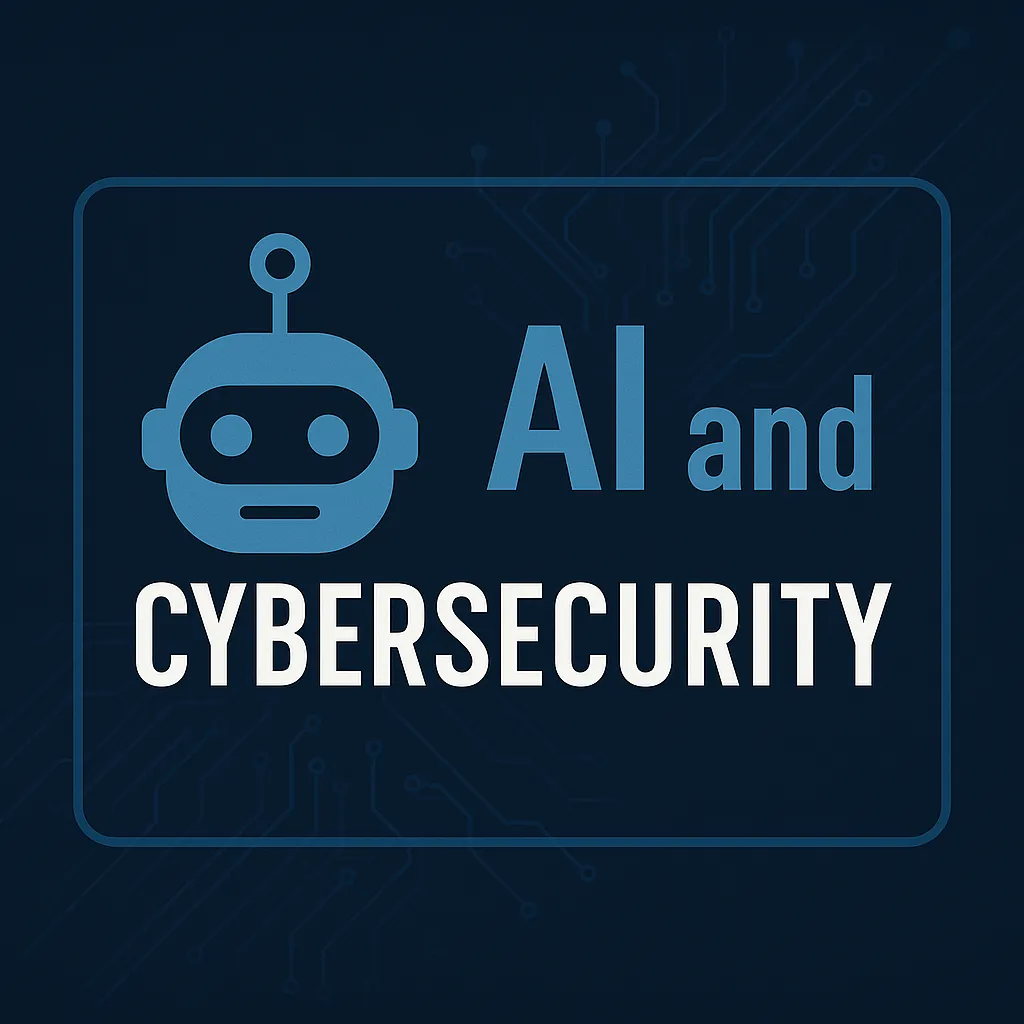The Evolving Role of AI in Cybersecurity
As digital technology advances, so does the complexity of cybersecurity threats. Establishing robust defenses against these evolving threats is a major concern for individuals and organizations alike. Recently, Artificial Intelligence (AI) has emerged as a pivotal tool in enhancing cybersecurity measures, reshaping how we protect digital assets and infrastructure.
Understanding AI's Role in Cybersecurity
AI's ability to process vast quantities of data and learn from it allows for the development of systems that can predict, detect, and respond to cyber threats with high efficiency. According to a report, the US is actively embracing AI to fortify its cyber defenses, illustrating the critical role AI plays in national security.
Enhancing Defense Mechanisms
AI-powered systems are instrumental in improving the detection of anomalies that could indicate a security breach. By constantly analyzing patterns and foreseeing potential vulnerabilities, AI can act quicker than traditional methods, significantly decreasing the risk of major breaches.
Impact on Ransomware Attacks
A UK National Cyber Security Centre's report highlights the concerning potential of AI to also enhance cyber threats, particularly in ransomware scenarios. These are malicious attacks that encrypt a user's data and demand payment to release it, becoming more sophisticated with AI integration.
AI in Regulatory Compliance and Response
In addition to threat detection and mitigation, AI is also revolutionizing the way organizations comply with regulations. Utilizing AI to monitor and manage security controls within cloud platforms is critical, as noted by IBM's recent expose on AI-driven compliance in cloud security.
Future and Policy Implications
The ongoing developments in AI necessitate the adaptation of legal and policy frameworks to address the dual-use nature of AI in cybersecurity. This is especially pertinent in strategic high-tech competitions, as evidenced by shifts in policy in areas such as AI, cybersecurity, and high-tech sectors under the current administration (source).
Practical Advice for Organizations
To leverage AI in enhancing cybersecurity, organizations should:
- Invest in AI-driven security systems for proactive threat management.
- Stay informed about the latest in AI advancements and cybersecurity threats.
- Implement robust training programs to educate staff about potential AI-integrated threats.
Conclusion
The integration of AI into cybersecurity is a game-changer, offering both remarkable enhancements to security and new challenges. By understanding and navigating these complexities, we can harness AI's full potential to secure our digital future effectively.
